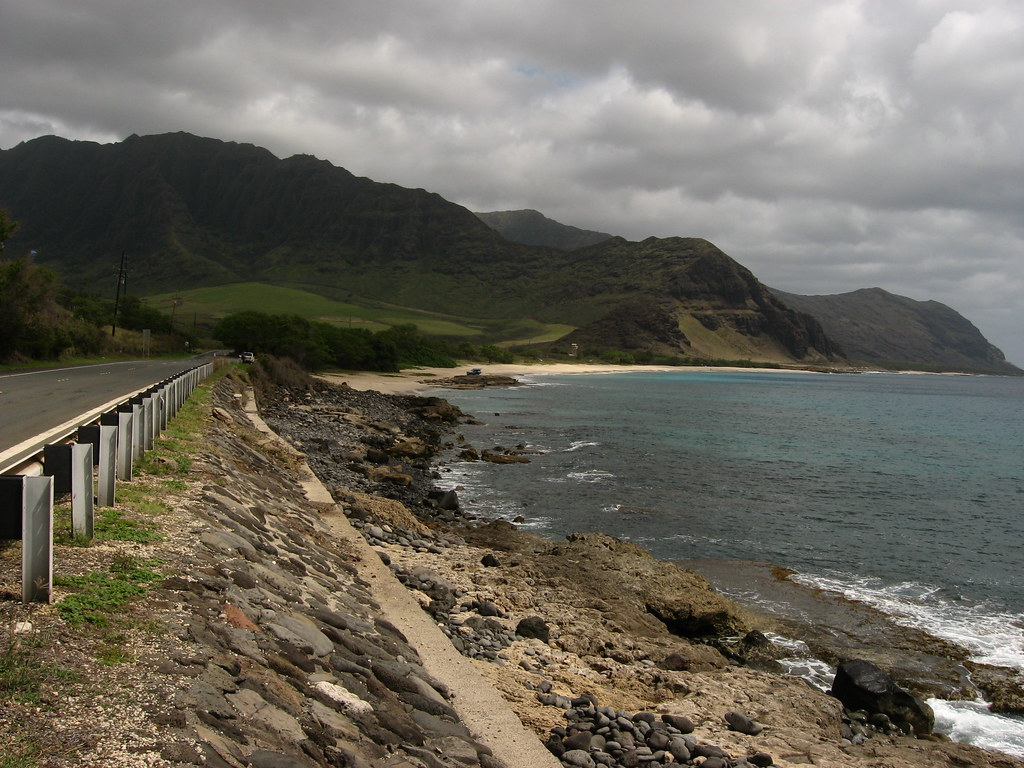
It is a rare occurrence, indeed, when the entire U.S. West Coast puts itself on notice for the exact same ocean danger, but this week, from the San Diego coast right up to the Washington border, the Pacific is producing waves so gigantic they’re redrawing the book of rules on coastal security. The National Weather Service issued extremely rare blanket advisories for high surf, rip currents, and flooding, saying the situation may worsen over the weekend.
It’s not about gigantic waves but rather the sort of swells that travel thousands of miles and carry energy, slamming into beaches with sudden, immense force. Already, locals-from burned piers at Santa Cruz to shuttered parks in Oregon-are feeling the effects. Sailors, surfers, and beachcombers of all varieties are being warned to steer clear of the beach. Here is what is propelling this record-setting event-and why it does matter now.
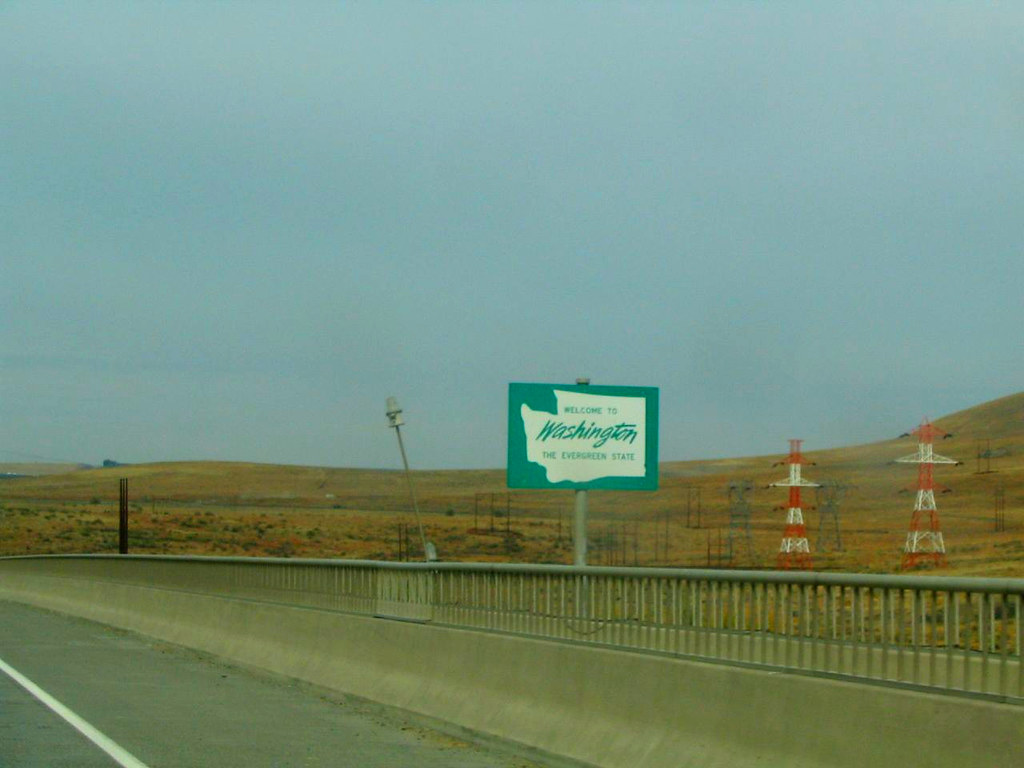
1. Warnings Blanket Almost the Entire West Coast
It’s one of the largest high surf advisories meteorologists have issued in some years, stretching from Washington State all the way down into Southern California. Why? A powerful storm system out in the Pacific is creating huge swells hundreds of miles wide. These advisories aren’t issued for nothing-they serve as warnings of hazardous rip currents, beach overwashes, and wild wave surges. The extent of the warning underlines the rare event of such conditions hitting so many municipalities simultaneously.
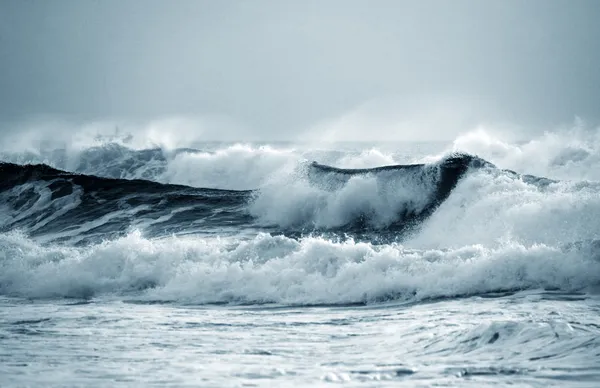
2. Mammoth Waves of 25 Feet or Thereabouts
Forecasters are predicting waves between 20 and 25 feet on west-facing shores in Oregon and California, and several offshore buoys already have even more imposing crests. The same set of circumstances in Santa Cruz recently resulted in a partial wharf collapse that sent three people into the water. The National Weather Service warns enormous waves can sweep onto beaches unexpectedly and carry away people on rocks, jetties and beaches. Authorities say even experienced surfers are at risk when the ocean’s energy is this high.
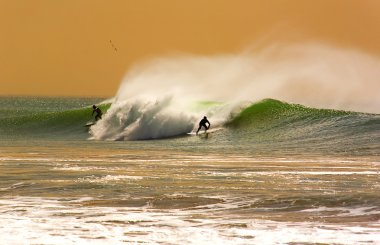
3. Rip Currents at Their Most Lethal
Large swaths of the Pacific Coast are seeing high surf advisories combined with rip current advisories. Rip currents are powerful, narrow channels of water moving away from shore that can pull even the best swimmers out to sea. Lifeguards say rescues become highly dangerous during such incidents, and they urge the public to avoid entry into the water altogether. The message is simple: stay on dry land until the conditions improve.
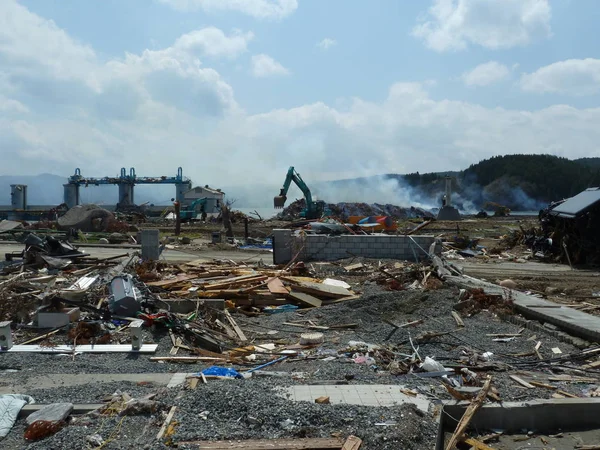
4. Coastal Flooding Hazards Low-Lying Areas
Storm-driven waves and tidal higher highs are increasing the likelihood of flooding, including in the San Francisco Bay, Long Beach, and down the Oregon coast. Floods can erode dunes, sweep away cars, and blanket boardwalks with debris. In past incidents, even short inundation brought irreversible damage to property and infrastructure. Officials are watching vulnerable communities with concern, ready to order evacuations if needed.
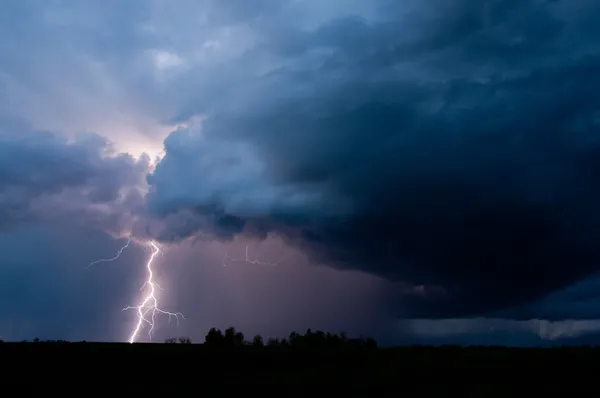
5. Long-Period Swells Pack More Power
Storm energy began with a deep low-pressure system in the central Pacific, creating long-period swells that were able to travel several thousands of kilometers with minimal loss of energy. Oceanographers describe how such swells build dramatically when they reach shallow water along a coast, often catching even seasoned beachgoers off guard. Waves such as these are much more powerful than short, locally generated surf, and are very dangerous to buildings and people on the coast.
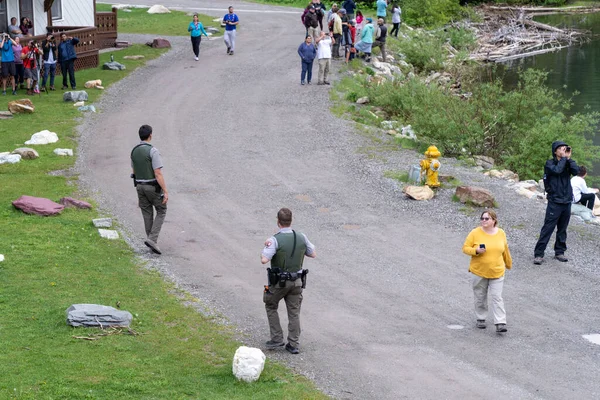
6. Beach and Park Closures Enforced
The government officials in California and Oregon have closed beach and coastal parks to avoid accidents. Park rangers alert people about “sneaker waves”-unpredictable breakers that crash on the shore and carry people and animals off in its wake without warning. Closures are not merely procedural they’re preventive measures informed by past incidents that have cost lives.
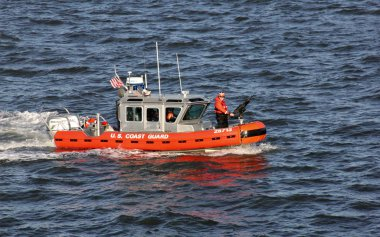
7. Mariners advised to remain in port
The U.S. Coast Guard has ordered small boats and commercial boats to stay moored until the seas subside. Oregon and Northern California buoys recorded wave heights higher than 30 feet, and it is tough to sail. Harbor mouths are the most hazardous, and surf creates issues for safe return for vessels already in motion.
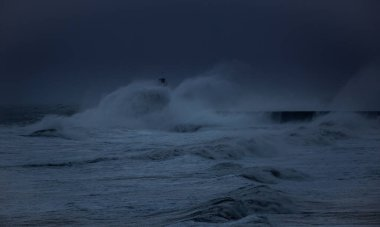
8. Full Impacts Predicted This Weekend
Forecasters predict the strongest surf and coastal winds will occur from Friday night into Sunday morning. While conditions should improve step by step, high surf may persist into early next week particularly along west- and northwest-facing shores. It will be important to stay informed with the latest through local alerts as the system makes its way inland.
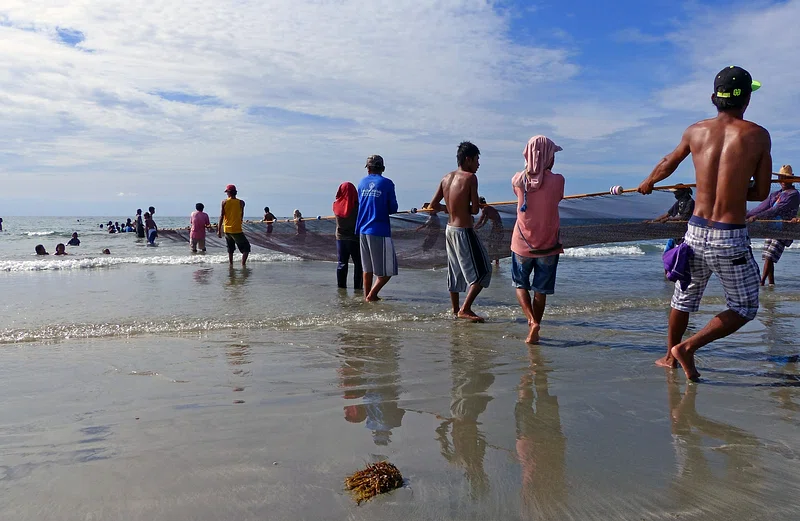
9. Coastal Community Erosion
Threats: Wave energy arriving at high tide will increase erosion rates; houses, roads, and seawalls will be more vulnerable. According to experts like Brett Sanders at UC Irvine, a constantly eroding hotspot like Humboldt County and Tillamook Bay will experience more losses. Dunes can be stabilized and property propped up for the time being to avoid a decline in losses, but sea level rise coupled with large surf is the long-term concern for West Coast communities.
The historic surf competition of this weekend is a reminder that the power of the Pacific has the ability to stretch out, way, way beyond the shoreline. From the physics of long-period waves to the nuts-and-bolts actions of shutting down beaches and securing boats, every move now is about safeguarding lives and coastlines. Due to the fact that waves build up before slowly receding, experience to be gained from them will be of vital importance toward making predictions next time the sea chooses to challenge the shores of the coast.


